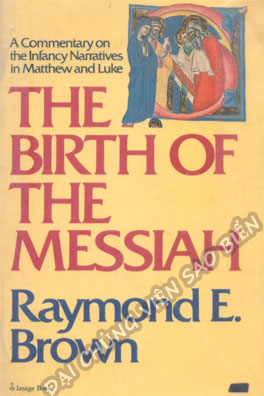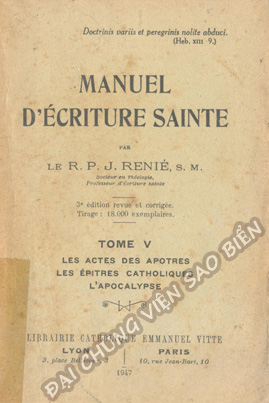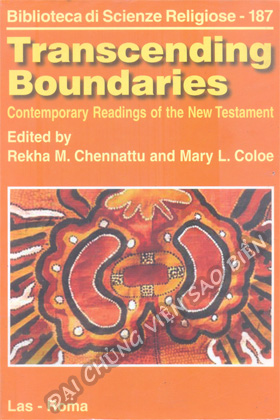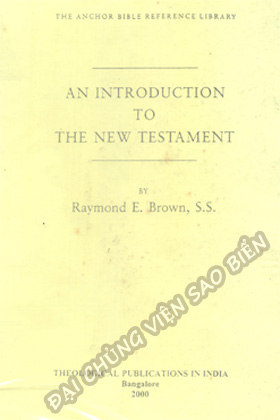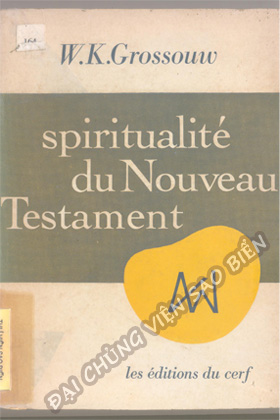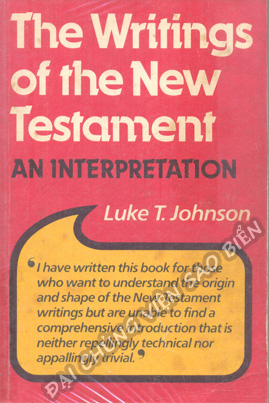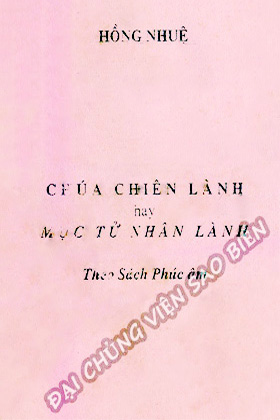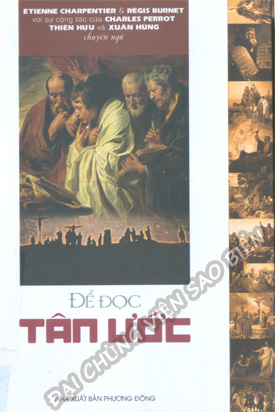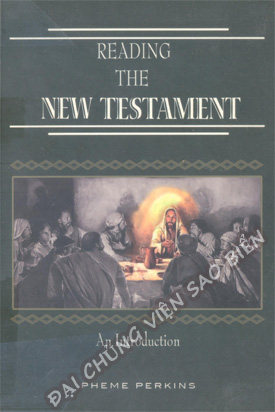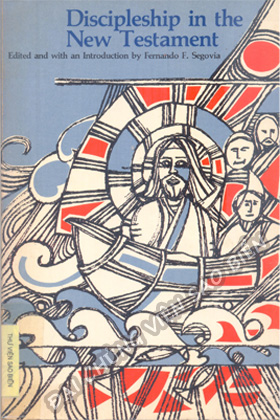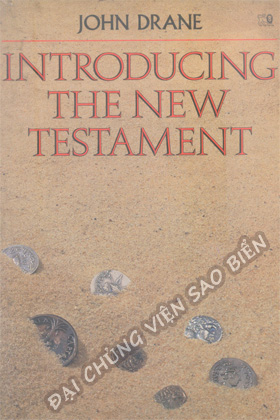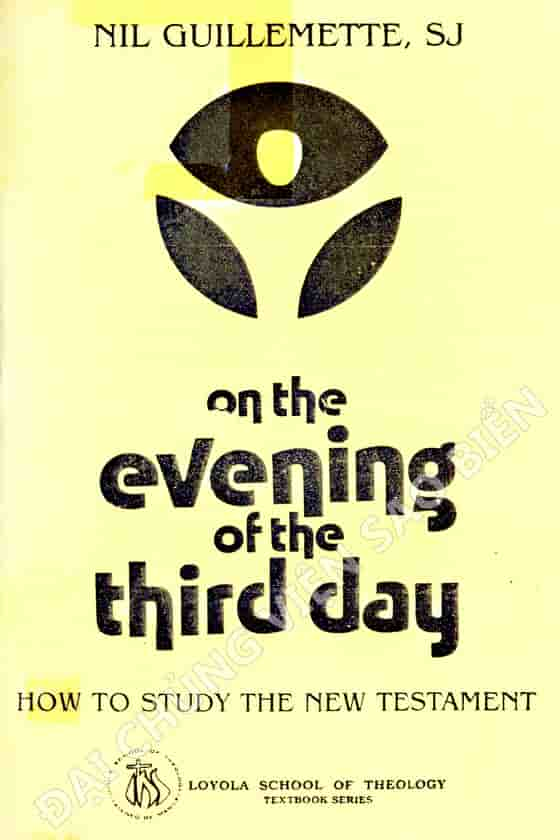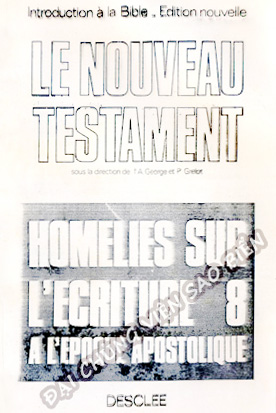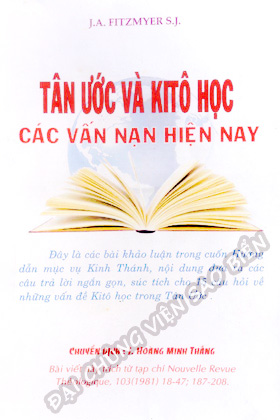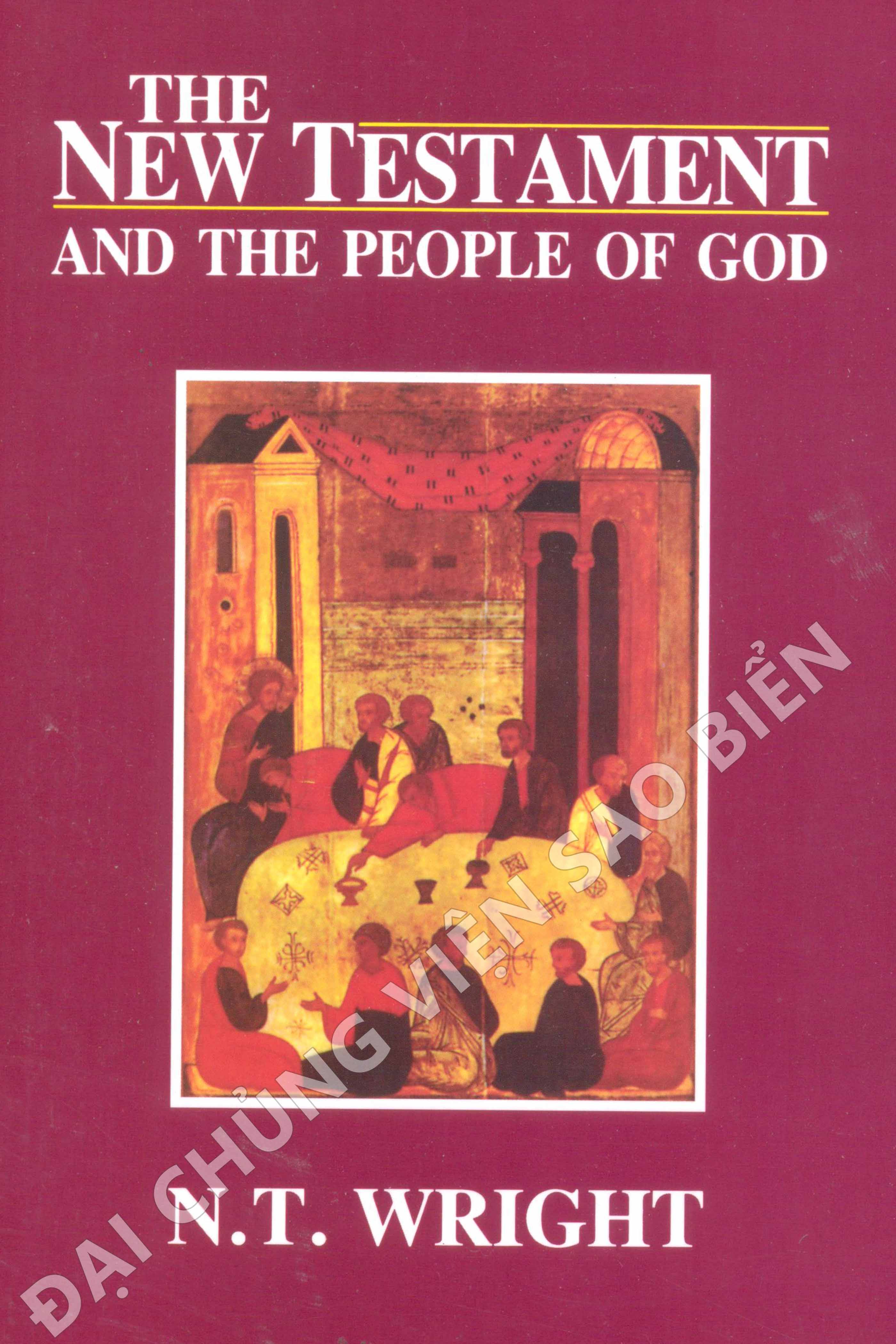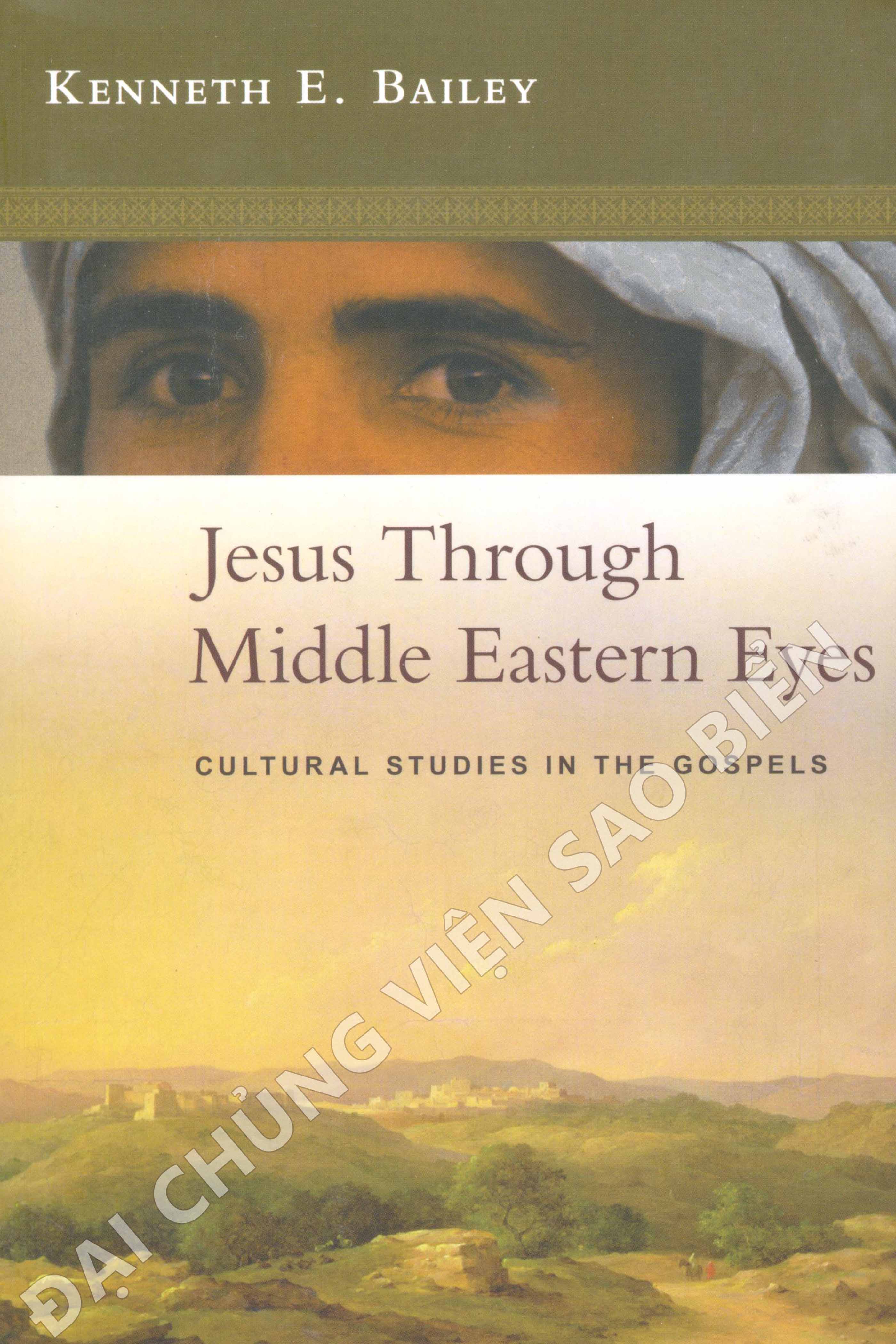| CONTENTS |
PAGE |
| Foreword |
1 |
| Abbreviations |
19 |
| INTRODUCTION |
|
| Scholarship and the Infancy Narratives (§ 1) |
25-41 |
| A. The Infancy Narratives and the Rest of the Gospels |
|
| 1. The Formation of the Gospels |
|
| 2. The Development of Christology |
|
| B. The Infancy Narratives as History |
|
| 1. The Problem of Corroborating Witnesses |
|
| 2. The Problem of Conflicting Details |
|
| C. The Infancy Narratives as Vehicles of the Evangelist’s Theology |
|
| General Bibliography for the Two Infancy Narratives |
|
| BOOK ONE: THE MATTHEAN INFANCY |
|
| NARRATIVE |
|
| I. General Observations on the Matthean Gospel and Infancy Narrative (§ 2) |
45-56 |
| A. The Matthean Gospel |
|
| B. The Matthean Infancy Narrative |
|
| 1. The Relation of Chs. 1-2 to the Rest of the Gospel |
|
| 2. The Internal Organization of Chs. 1-2 |
|
| Bibliography for the Matthean Infancy Narrative |
|
| II. The Genealogy of Jesus (§ 3) |
57-95 |
| Translation of Matt 1:1-17 and Informational Notes |
|
| Comment: |
|
| A. Matthew’s Purpose in the Genealogy |
|
| 1. General Observations |
|
| 2. How Matthew Composed the Genealogy |
|
| 3. Why Bring on the Ladies? |
|
| 1. Fourteen—the Magic Number |
|
| 2. Could Matthew Count? |
|
| A. Matthew’s Genealogy Compared to Luke’s |
|
| 1. Who Was Jesus’Grandfather? |
|
| 2. The Family Tree of the Son of God |
|
| 3. Sectional Bibliography |
|
| I. The Composition of the Basic Matthean Narrative in 1:18-2:23 (§ 4) |
96-121 |
| A. Matthew’s Formula Citations of Scripture |
|
| 1. Purpose of the Citations |
|
| 2. Relation of the Citations to Their Context |
|
| 3. Origin of the Formula Citations 101 |
|
| B. The Detection of Pre-Matthean Material |
|
| 1. The Method Employed in the Detection |
|
| 2. Summary of the Results |
|
| Sectional Bibliography : |
|
| II. The Conception of Jesus (§ 5) |
122-164 |
| Translation of Matt 1:18-25 and Informational Notes |
|
| Comment: |
|
| A. Matthew’s Message: the Who and the How—a Christological Revelation |
|
| 1. The Quis: Who Jesus Is |
|
| 2. The Quomodo or the “How” of Jesus’ Identity |
|
| B. The Formula Citation of Isaiah 7:14 |
|
| 1. The Placing of the Citation |
|
| 2. Isaiah 7:14 in the Hebrew and Greek Bibles |
|
| 3. The Matthean Use of Isaiah 7:14 |
|
| C. Matthew’s Use of Pre-Matthean Material |
|
| 1. The Annunciation of Birth |
|
| 2. Begotten of a Virgin through the Holy Spirit |
|
| 3. Summary |
|
| Sectional Bibliography |
|
| III. The Magi Come to Pay Homage to the King of the Jews (§ 6) |
165-201 |
| Translation of Matt 2:1-12 and Informational Notes |
|
| A. Matthew’s Message: the Where and the Whence—Reactions to a Christological Revelation |
|
| 1. The Place of 2:1—12 in the Plan of Chapter Two |
|
| 2. The Relation of the Plan to Matthew’s Message |
|
| B. Matthew’s Use of Scripture in the Service of His Message |
|
| 1. The Formula Citation of Micah 5:1 and II Sam 5:2 in Scene 1 |
|
| 2. The Implicit Citation of Isa 60:6 and Ps 72:10-11 in Scene 2 |
|
| C. The Pre-Matthean Background of the Magi Story |
|
| 1. History and Verisimilitude |
|
| 2. The Balaam Narrative |
|
| D. The Magi in Subsequent Christian Piety |
|
| Sectional Bibliography |
|
| I. Herod Unsuccessfully Seeks to Destroy the King of the Jews (§ 7) |
202-230 |
| Translation of Matt 2:13-23 and Informational Notes |
|
| Comment: |
|
| A. Matthew’s Message as Enhanced by His Use of Scripture |
|
| Chapter Two, Scene 3 (vss. 13-15) |
|
| Chapter Two, Scene 4 (vss. 16-18) |
|
| Chapter Two, Scene 5 (vss. 19-23) |
|
| B. The Three Formula Citations |
|
| 1. The Citation of Hosea 11:1 in Matt 2:15b |
|
| 2. The Citation of Jer 31:15 in Matt 2:18 |
|
| 3. The Citation of Isa 4:3 and Judg 16:17 in Matt 2:23? |
|
| C. The Pre-Matthean Background of the Herod Story |
|
| 1. History and Verisimilitude |
|
| 2. The Joseph/Moses Narrative |
|
| Sectional Bibliography |
|
| II. Epilogue (§ 8) |
231-232 |
| BOOK TWO: THE LUCAN INFANCY NARRATIVE |
|
| I. General Observations on the Lucan Gospel and Infancy Narrative (§ 9) |
235-255 |
| A. The Lucan Gospel |
|
| B. The Lucan Infancy Narrative |
|
| 1. The Relation of Chs. 1-2 to the Rest of Luke/Acts |
|
| 2. The Internal Organization of Chs. 1-2 |
|
| Bibliography for the Lucan Infancy Narrative |
|
| II. The Annunciation of the Birth of John the Baptist (§ 10) |
256-285 |
| Translation of Luke 1:5-25 and Informational Notes |
|
| Comment: |
|
| A. The Introduction (1:5-7) |
|
| B. The Annunciation (1:8-23) |
|
| 1. Echoes of Daniel in the Appearance of Gabriel |
|
| 2. The Message (13-17) |
|
| 3. Zechariah’s Response (18-20) and the Conclusion (21-23) |
|
| C The Epilogue (1:24-25) |
|
| A. The Relationship between John the Baptist and Jesus |
|
| Sectional Bibliography |
|
| III. The Annunciation of the Birth of Jesus (§ 11) |
286-329 |
| Translation of Luke 1:26-38 and Informational Notes |
|
| Comment: |
|
| A. The Structure and the Annunciation Pattern |
|
| B. The Virginal Conception (1:34) |
|
| 1. Does the Present Account Contain a Virginal Conception? |
|
| 2. Did the Original Account Contain a Virginal Conception? |
|
| 3. The Logic of Mary’s Question in 1:34 |
|
| C. The Future Accomplishments of the Child (1:32,33,35) |
|
| 1. The Davidic Messiah (32-33) |
|
| 2. The Son of God through the Power of the Holy Spirit (35) |
|
| D. The Portrait of Mary as Handmaid (1:38) |
|
| E. Mary and Old Testament Symbolism? |
|
| 1. Daughter of Zion in the Old Testament |
|
| 2. The Salutation in 1:28 |
|
| 3. The Ark of the Covenant in 1:35? |
|
| Sectional Bibliography |
|
| IV. The Visitation of Mary to Elizabeth (§ 12) 330- |
330-366 |
| Translation of Luke 1:39—56 and Informational Notes |
|
| Comment: |
|
| A. The Structure and Composition of the Scene |
|
| B. The Visitation (1:39-45,56) |
|
| The Lucan Canticles in General |
|
| 1. The Composition of the Canticles |
|
| 2. The Canticles and the Jewish Christian Anawim |
|
| A. The Magnificat (1:46-55) |
|
| 1. The Structure |
|
| 2. The Contents |
|
| Sectional Bibliography |
|
| II. The Birth and Naming of John the Baptist; Zechariah’s Prophecy (§ 13) |
367-392 |
| Translation of Luke 1:57-80 and Informational Notes |
|
| Comment: |
|
| A. The Birth and Naming (1:57-66,80) |
|
| B. The Benedictus (1:67-79) |
|
| 1. The Setting and the Structure |
|
| 2. The Contents |
|
| Sectional Bibliography |
|
| III. The Birth and Naming of Jesus (§ 14) |
393-434 |
| Translation of Luke 2:1-21 and Informational Notes |
|
| Comment: |
|
| A. The Structure of the Story in 2:1-40 |
|
| B. The Setting at Bethlehem (2:1-7) |
|
| 1. The Census of the Whole World (1-5) |
|
| 2. The Birth, the Swaddling, and the Manger (6-7) |
|
| C. The Annunciation to the Shepherds (2:8—14) |
|
| 1. The Symbolism of the Shepherds (8) |
|
| 2. The Annunciation by the Angel of the Lord (9-12) |
|
| 3. The Canticle of the Heavenly Host (13-14) |
|
| D. The Reaction as the Shepherds Go to Bethlehem (2:15-20) |
|
| E. The Circumcision and the Naming (2:21) |
|
| Sectional Bibliography |
|
| IV. The Presentation; Simeon and Anna Prophesy aboutJesus (§15) |
435-470 |
| Translation of Luke 2:22-40 and Informational Notes |
|
| Comment: |
|
| A. The Sequence and Internal Structure |
|
| B. The Setting Supplied by the Law (2:22-24) |
|
| C. Simeon Greets the Child and Prophesies (2:25-35) |
|
| 1. The Characterization and Symbolism of Simeon |
|
| 1. The Problem of the Two Oracles |
|
| 2. Simeon’s Nunc Dimittis (29-32) |
|
| 3. Simeon’s Second Oracle (34c-35) |
|
| A. Anna Greets the Child (2:36-38) |
|
| B. The Conclusion (2:39-40) |
|
| Sectional Bibliography |
|
| II. The Boy Jesus in the Temple Speaks of His Father (§ 16) |
471-496 |
| Translation of Luke 2:41-52 and Informational Notes |
|
| Comment: |
|
| A. Structure, Christology, and Outline |
|
| B. The Introduction and the Setting (2:41-45) |
|
| C. The Core of the Story (2:46-50) |
|
| 1. Jesus Is Found in the Midst of the Teachers (46-48a) |
|
| 2. The Mother’s Question Leads Jesus to Speak about His Father (48b-50) |
|
| D. The Conclusion (2:51-52) |
|
| Sectional Bibliography |
|
| III. Epilogue (§ 17) |
|
| APPENDIXES |
497-499 |
| I. Levirate Marriage |
503-564 |
| II. Davidic Descent |
|
| III. Birth at Bethlehem |
|
| TV. Virginal Conception |
|
| V. The Charge of Illegitimacy |
|
| VI. Other Jewish Background for Matthew’s Narrative |
|
| VII. The Census under Quirinius |
|
| VIII. Midrash as a Literary Genre |
|
| IX. The Fourth Eclogue of Virgil |
|
| * With bibliography |
|
| INDEXES |
|
| Bibliographical Index of Authors |
573-583 |
| Index of Subjects |
|
